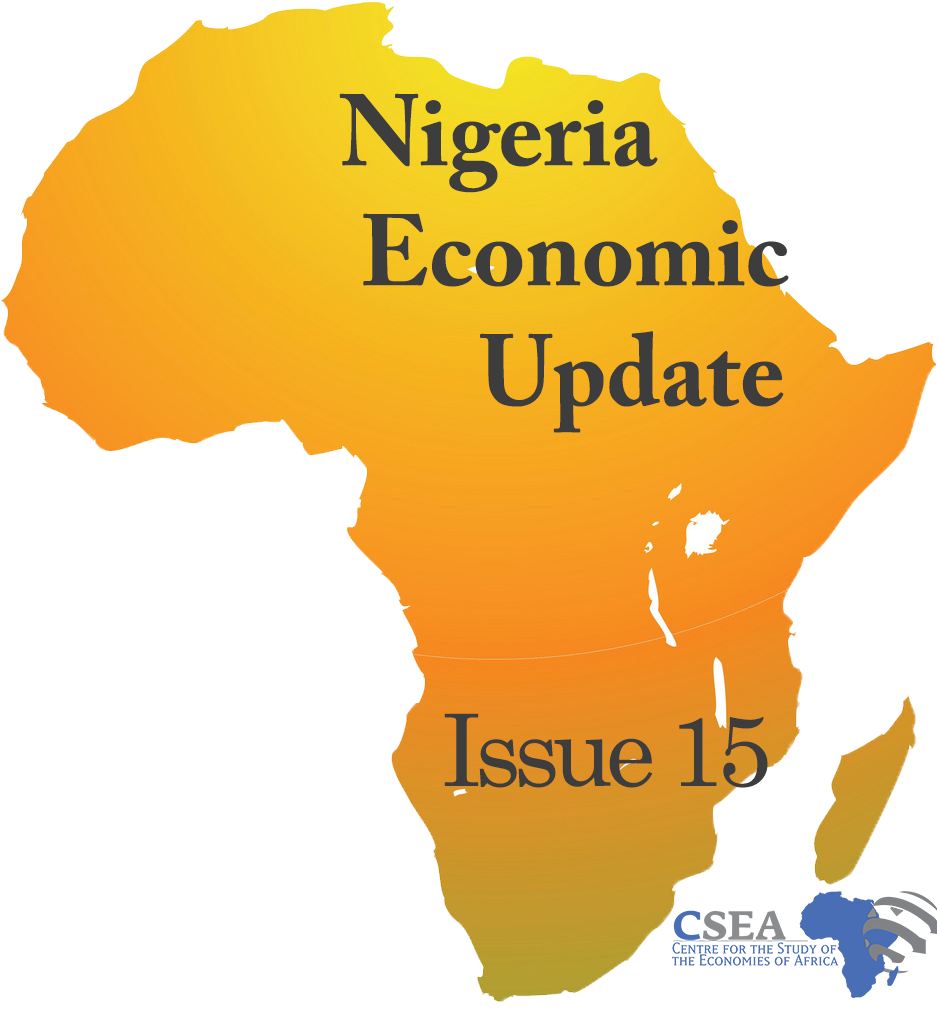Nigeria became the largest remittance-recipient country in sub-Saharan Africa and the sixth largest among low-middle income countries in 2018. The country’s official remittances amounted to $24.3billion in 2018,1 a 10.5% increase from the 2017 remittances received and accounts for 6.1% of GDP. Along with the strong economic conditions in high-income countries, the year-on-year acceleration in remittance flows is not unconnected to a slight declining trend that has been observed in remittance costs since the beginning of 2018.2 Although currently at an average of 9%, these remittance costs remain above the global average of 7% and far from the SDG target of 3%. Given the relatively strong economic and employment situation in high-income countries, and the growth in emigration in Nigeria, we expect that remittance flows to Nigeria will continue to rise. Addressing the regulatory barriers to entry in order to allow for more money transfer operators, particularly digital operators will drive the cost of remittance down and increase inflows. For instance, the N2 billion capital threshold mandated by CBN for domestic companies (compared with the N50 million for foreign companies) could be reviewed to allow companies lacking the financial clout to meet up.
Macroeconomic Report & Economic Updates

May 8, 2019
Nigeria Economic Update (Issue 15)
Nigeria became the largest remittance-recipient country in sub-Saharan Africa and the sixth largest among low-middle income countries in 2018. The country’s official remittances amounted to $24.3billion in 2018,1 a 10.5% increase from the 2017 remittances received and accounts for 6.1% of GDP. Along with the strong economic conditions in high-income countries, the year-on-year acceleration in […]
Read →
Related
Portfolio Diversification Between Developed And Less Developed Economies
This study
examines the hedging effectiveness of portfolio investment diversification
between developed and developing economies; with focus on the Nigerian stock
asset vis--vis the stock assets of the United States (US) and United Kingdom
(UK). Its main contribution is in the analysis of optimal portfolio
diversification using optimal portfolio weight (OPW) and optimal hedging ratio
(OHR). Empirical findings show that the OPW and OHR are low, which indicates impressive
potential gains from combining Nigerian stock assets in an investment portfolio
with US and UK stock assets. In addition, exchange rate volatility is found to
pose stern limitation on the potential benefits of this portfolio
diversification arrangement. It is therefore recommended that the monetary
authority in Nigeria should pursue policies towards reducing exchange rate
volatility to the barest minimum. This will possibly attract more investors
from developed economies who might be willing to combine Nigerian stock in
their investment portfolio to minimize portfolio risk.
